Home>Furniture>Kitchen Furniture>Why Won’t My GE Washer Fill With Water
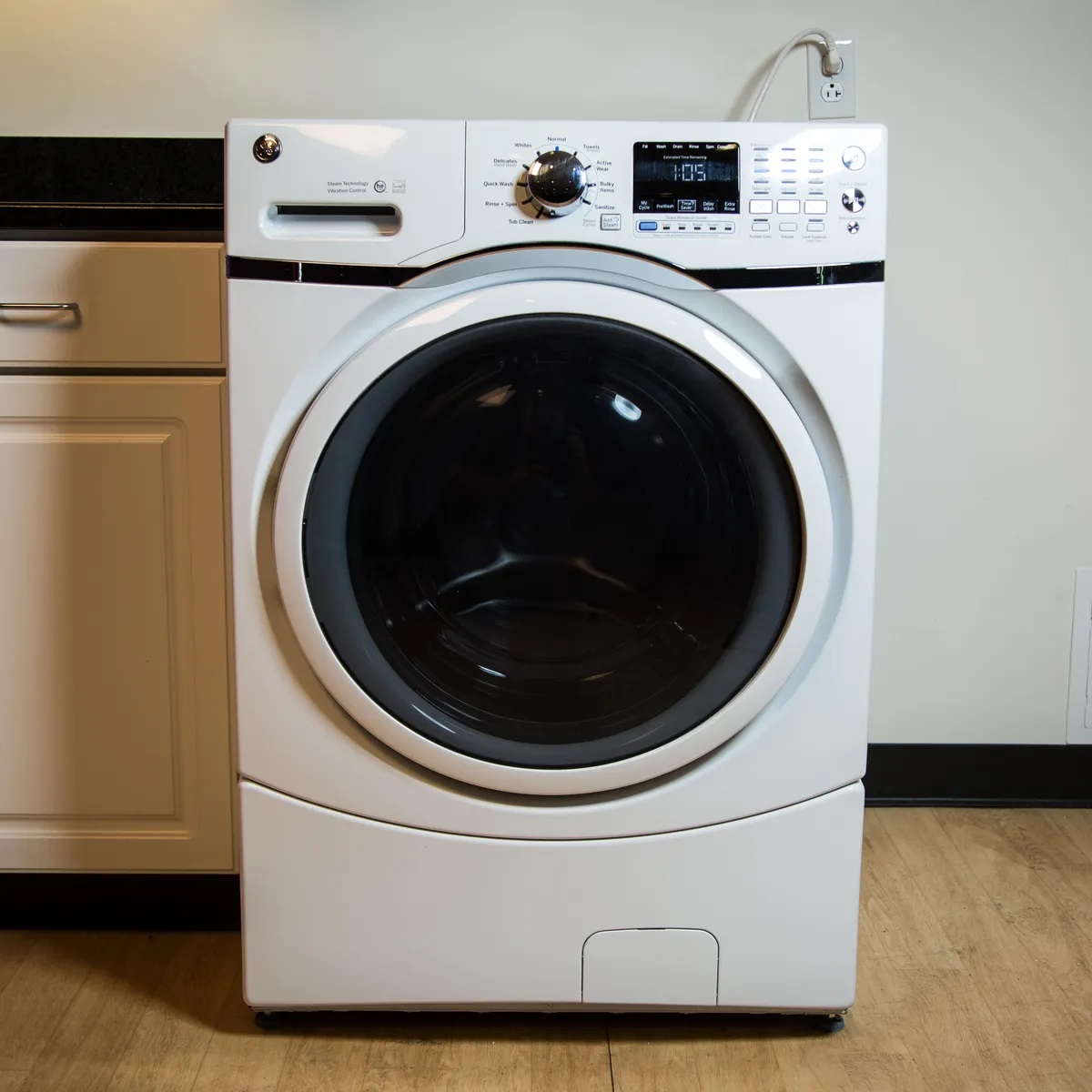

Kitchen Furniture
Why Won’t My GE Washer Fill With Water
Modified: August 24, 2024
Discover articles on why your GE washer won't fill with water. Troubleshoot and find solutions to common problems for a properly functioning washing machine.
(Many of the links in this article redirect to a specific reviewed product. Your purchase of these products through affiliate links helps to generate commission for Storables.com, at no extra cost. Learn more)
Introduction
Having a GE washer that won’t fill with water can be frustrating and inconvenient. A properly functioning washer requires a steady supply of water to carry out its cleaning and rinsing cycles effectively. If you find yourself in a situation where your GE washer is not filling with water, there could be several potential causes for this issue.
In this article, we will explore the possible reasons why your GE washer is not filling with water and provide troubleshooting steps to help you resolve the problem. By following these steps, you can save time and money by avoiding a service call and potentially fix the issue on your own.
Before we dive into the possible causes and solutions, it’s important to note that safety should always be a priority when troubleshooting any appliance. Make sure to unplug your washer before inspecting or working on it, and if you are unsure or uncomfortable with any steps, it’s best to seek professional assistance.
Key Takeaways:
- Don’t let a GE washer that won’t fill with water dampen your laundry day. Check water supply, inlet valve, and pressure switch to troubleshoot and potentially fix the issue on your own.
- Understanding the possible causes of a GE washer not filling with water can empower you to take the right troubleshooting steps and potentially save time and money by avoiding a service call.
Read more: Why Wont My Toilet Fill Up With Water
Possible Causes for a GE Washer Not Filling with Water
There are several potential causes for a GE washer not filling with water. Understanding these possibilities can help you narrow down the issue and take the appropriate troubleshooting steps. Here are some common reasons why your GE washer may not be filling with water:
- Water supply issues: The first thing to check is the water supply. Ensure that the water faucets connected to the washer are fully turned on and that there is no blockage or kinks in the water hoses. Additionally, check if there are any issues with the water pressure in your home that may be affecting the flow of water to the washer.
- Faulty water inlet valve: The water inlet valve is responsible for controlling the flow of water into the washer. If this valve is faulty or damaged, it may not allow water to enter the machine. Inspect the valve for any signs of wear or damage, and consider replacing it if necessary.
- Clogged filters or screens: Over time, debris and sediment can build up in the filters and screens that are designed to prevent impurities from entering the washer. If these filters become clogged, it can restrict the flow of water into the machine. Clean or replace the filters to ensure proper water flow.
- Malfunctioning pressure switch: The pressure switch is responsible for detecting the water level in the washer and signaling the water inlet valve to open or close accordingly. If the pressure switch is malfunctioning, it may not detect the correct water level, causing the washer not to fill with water. Test the pressure switch or consult a professional for further diagnosis.
- Defective control board: The control board acts as the brain of the washer, regulating various functions including the water filling process. If the control board is defective, it may not send the proper signals to the water inlet valve, resulting in no water entering the machine. Consider testing or replacing the control board if all other possible causes have been ruled out.
- Other mechanical or electrical issues: There may be other mechanical or electrical problems within the washer that can affect the water filling process. These can include faulty wiring, damaged sensors, or issues with other components. If you have checked all other possible causes and the washer still won’t fill with water, it is advisable to seek professional help to diagnose and resolve the issue.
Check the water inlet valve for any clogs or damage. This valve controls the flow of water into the washer and may need to be replaced if it’s not functioning properly.
Troubleshooting Steps to Fix a GE Washer Not Filling with Water
If you find that your GE washer is not filling with water, you can try the following troubleshooting steps to resolve the issue:
- Check the water supply: Ensure that the water faucets connected to the washer are fully turned on. Verify that there are no blockages or kinks in the water hoses. Additionally, check if other faucets in your home have adequate water pressure. If not, it may be a water supply issue that needs to be addressed by a plumber.
- Inspect the water inlet valve: Locate the water inlet valve at the back of the washer and visually inspect it for any signs of damage or wear. If it is worn out or faulty, you may need to replace the valve. Refer to the washer’s manual or consult a professional for guidance on how to replace the water inlet valve.
- Clean the filters and screens: Remove the water hoses from the back of the washer and inspect the filters and screens for any debris or sediment buildup. Clean them thoroughly or replace them if necessary. Make sure to reattach the hoses securely after cleaning.
- Test the pressure switch: Locate the pressure switch, usually found near the water inlet valve, and perform a test to ensure it is functioning properly. Refer to the washer’s manual or seek professional assistance for instructions on how to test the pressure switch. If it is found to be defective, consider replacing it.
- Check the control board: If all other possible causes have been ruled out and the washer still won’t fill with water, inspect the control board for any visible signs of damage or loose connections. If necessary, consult a professional to test and potentially replace the control board.
- Consult a professional: If you have exhausted all the troubleshooting steps mentioned above and the washer still does not fill with water, it is recommended to seek professional assistance. A qualified technician will have the expertise to diagnose and resolve more complex mechanical or electrical issues with your GE washer.
Remember, safety is paramount when troubleshooting any appliance. Always ensure that the washer is unplugged before inspecting or working on it, and if you are unsure or uncomfortable with any steps, it’s best to consult a professional to avoid any accidents or further damage.
Conclusion
A GE washer not filling with water can be a frustrating problem to encounter, but with the right troubleshooting steps, you can often resolve the issue without needing professional assistance. By understanding the possible causes and following the appropriate steps, you can save time and money by fixing the problem yourself.
In this article, we have explored some of the common reasons why a GE washer may not be filling with water, including water supply issues, faulty water inlet valve, clogged filters or screens, malfunctioning pressure switch, and defective control board. By checking these components and addressing any issues, you can often restore the proper water flow to your washer.
Remember to always prioritize safety when working with any appliance. Unplug the washer before inspecting or working on it, and if you are unsure or uncomfortable with any step, it is best to seek professional assistance.
In some cases, despite your best efforts, the issue may persist. If you have exhausted all troubleshooting steps and your GE washer still does not fill with water, it is recommended to consult a qualified technician. They will have the necessary expertise and diagnostic tools to identify and resolve more complex mechanical or electrical issues.
By following the troubleshooting steps outlined in this article, you can increase the chances of resolving the issue and getting your GE washer back to its proper functioning. In the end, a washer that fills with water is essential for effective cleaning and ensuring your laundry routine runs smoothly.
If you're struggling with your GE washer not filling with water, fixing the issue is just the start. Once you've diagnosed the problem, why stop there? Mastering washer maintenance can save you time and money down the road. Interested in learning more about how to keep your washing machine running smoothly? Check out our detailed guide on washer repair for handy tips and tricks that every homeowner should know.
Frequently Asked Questions about Why Won't My GE Washer Fill With Water
Was this page helpful?
At Storables.com, we guarantee accurate and reliable information. Our content, validated by Expert Board Contributors, is crafted following stringent Editorial Policies. We're committed to providing you with well-researched, expert-backed insights for all your informational needs.
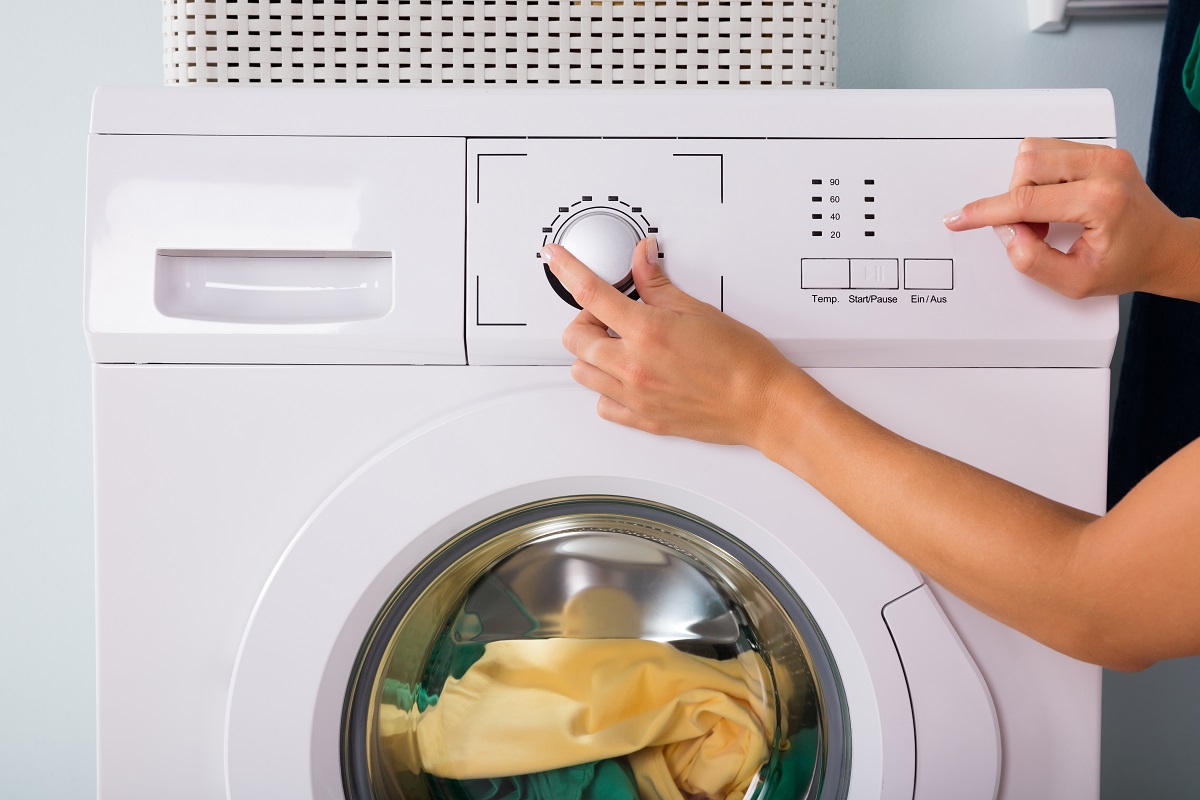
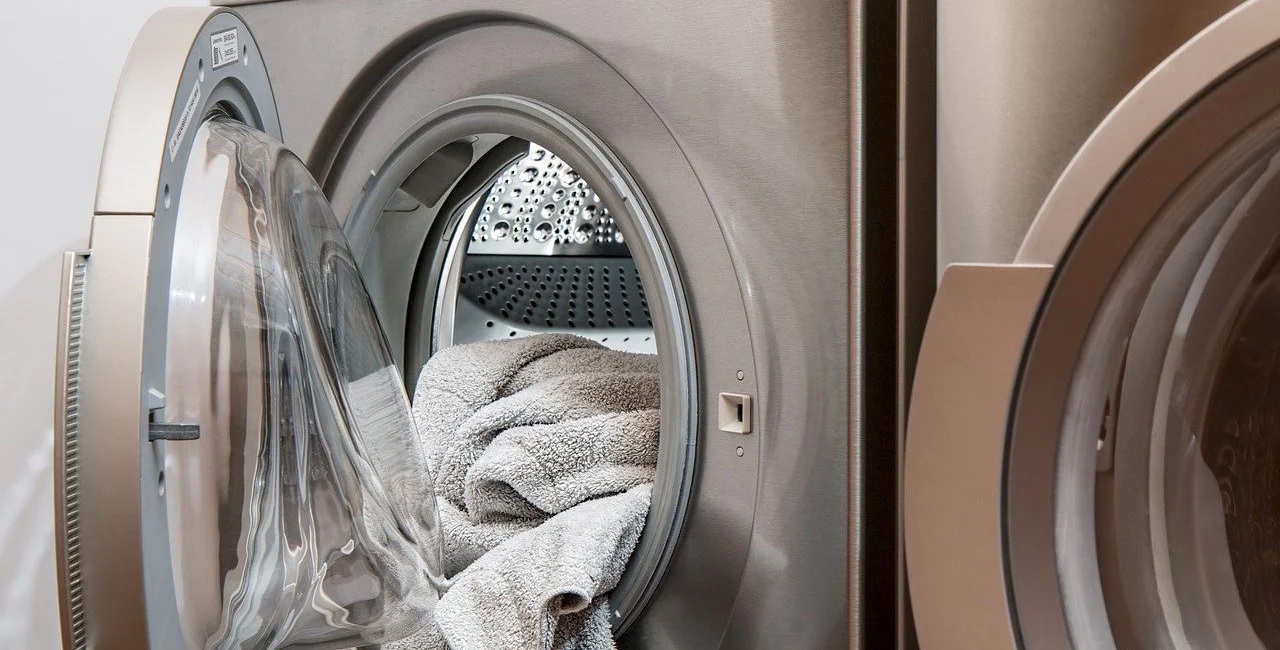
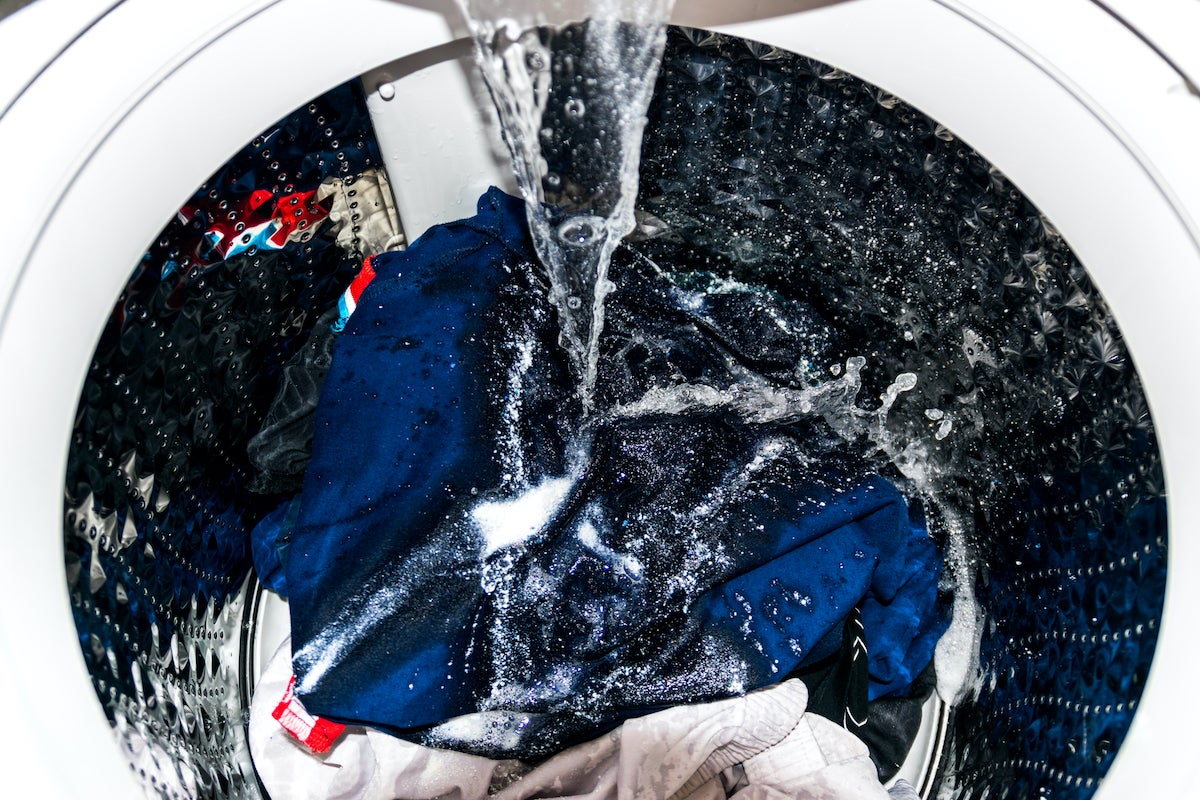
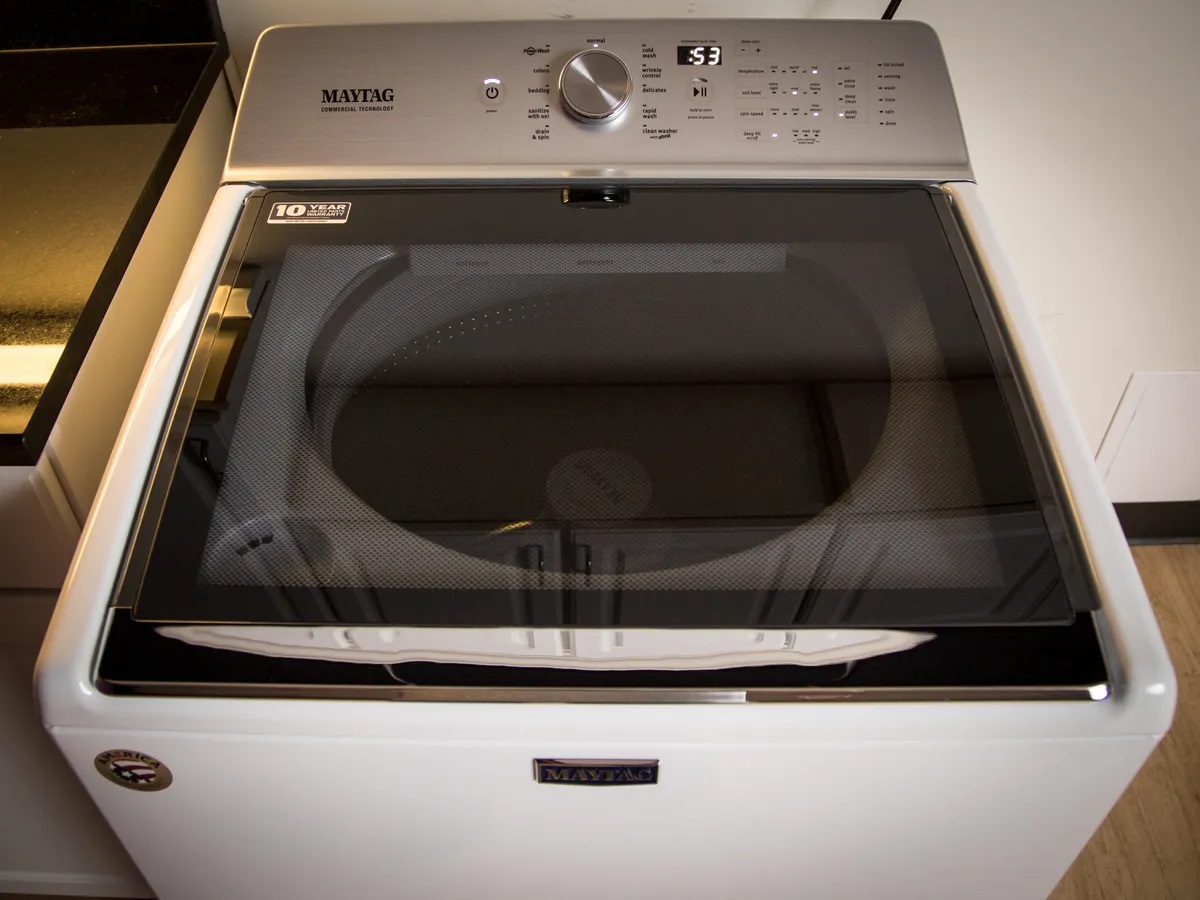

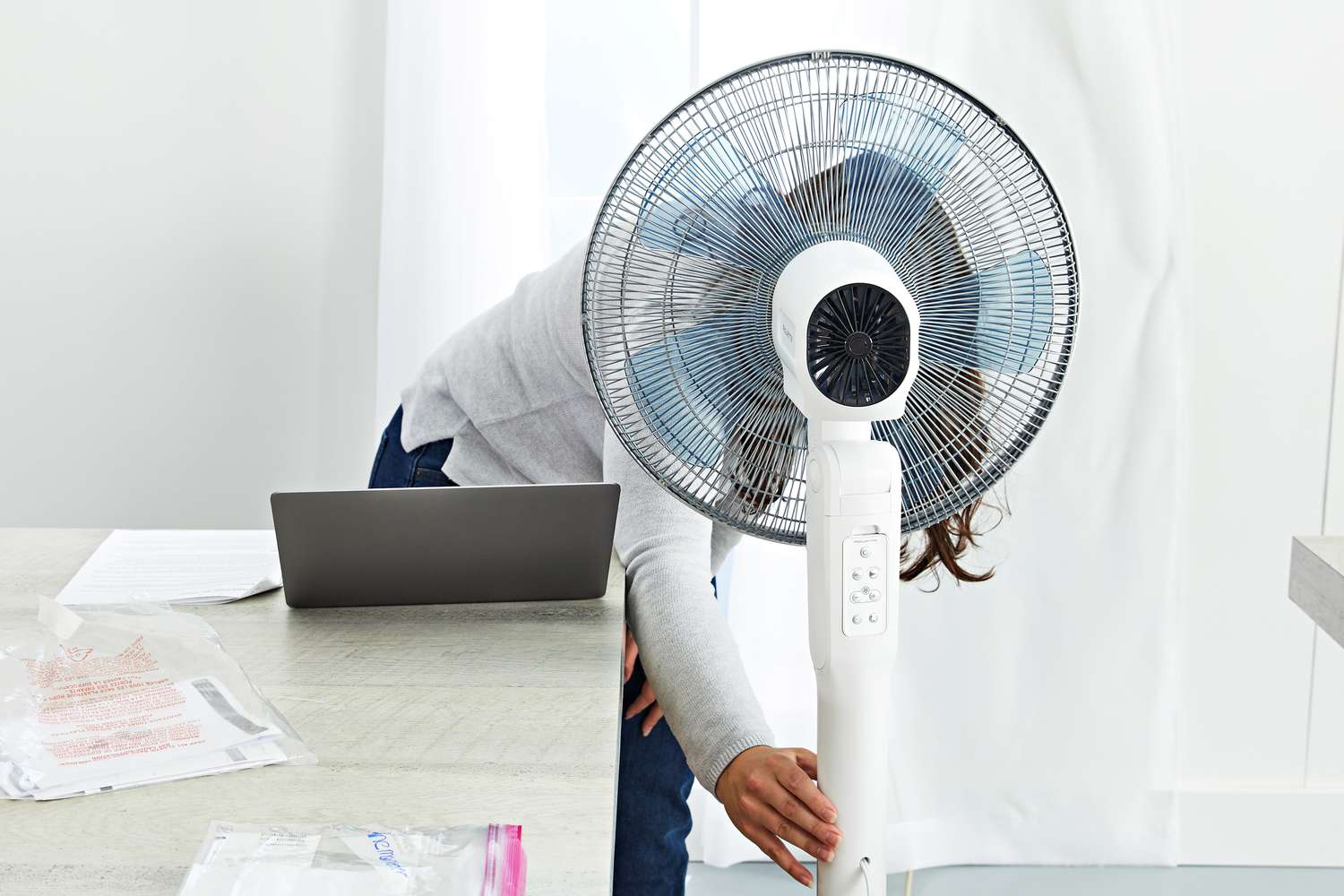
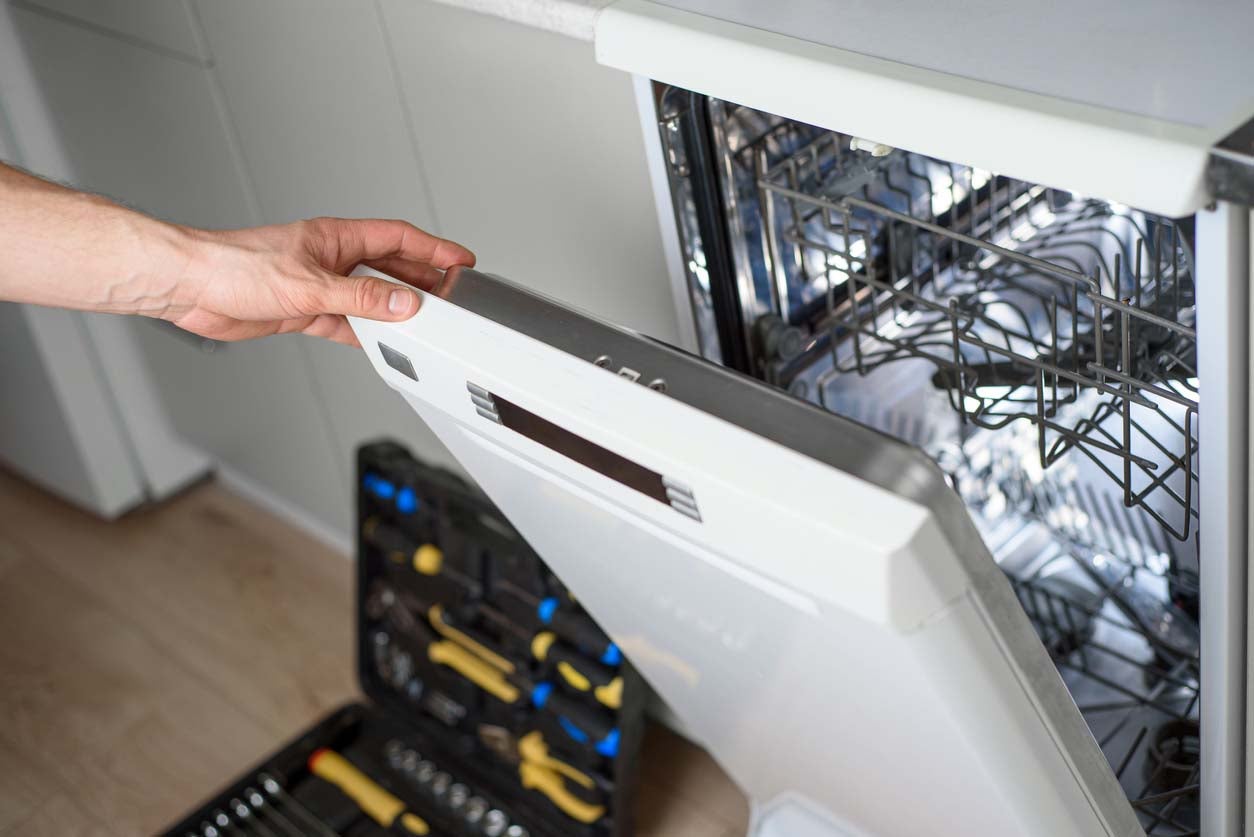
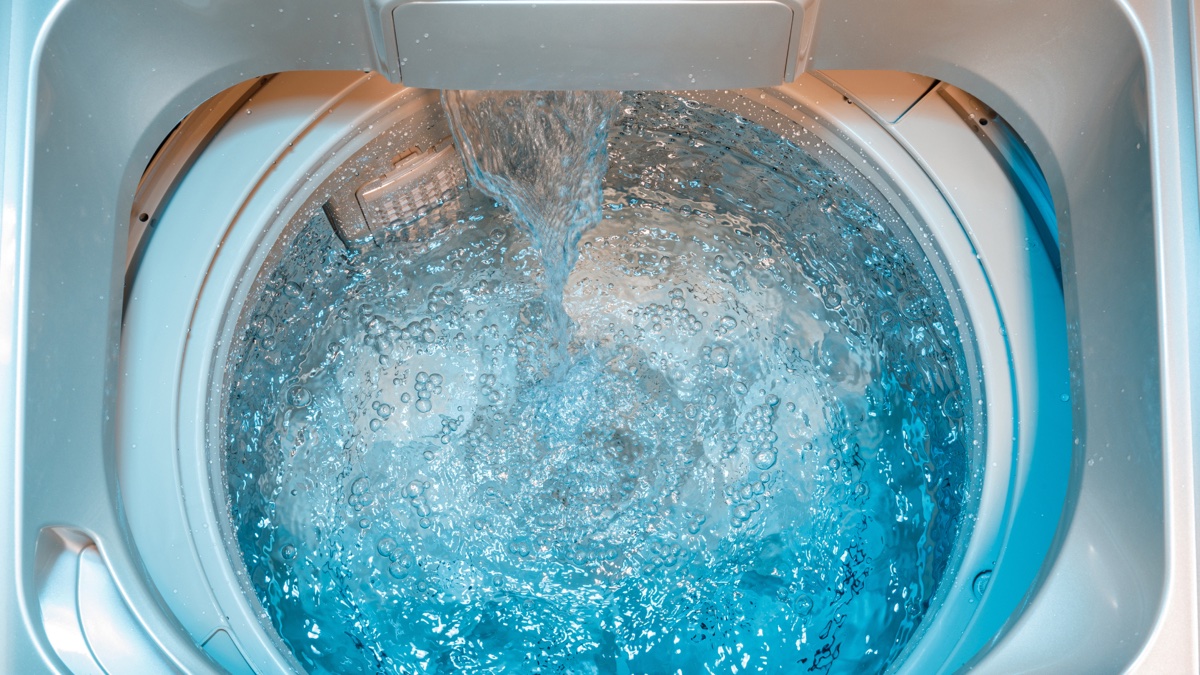
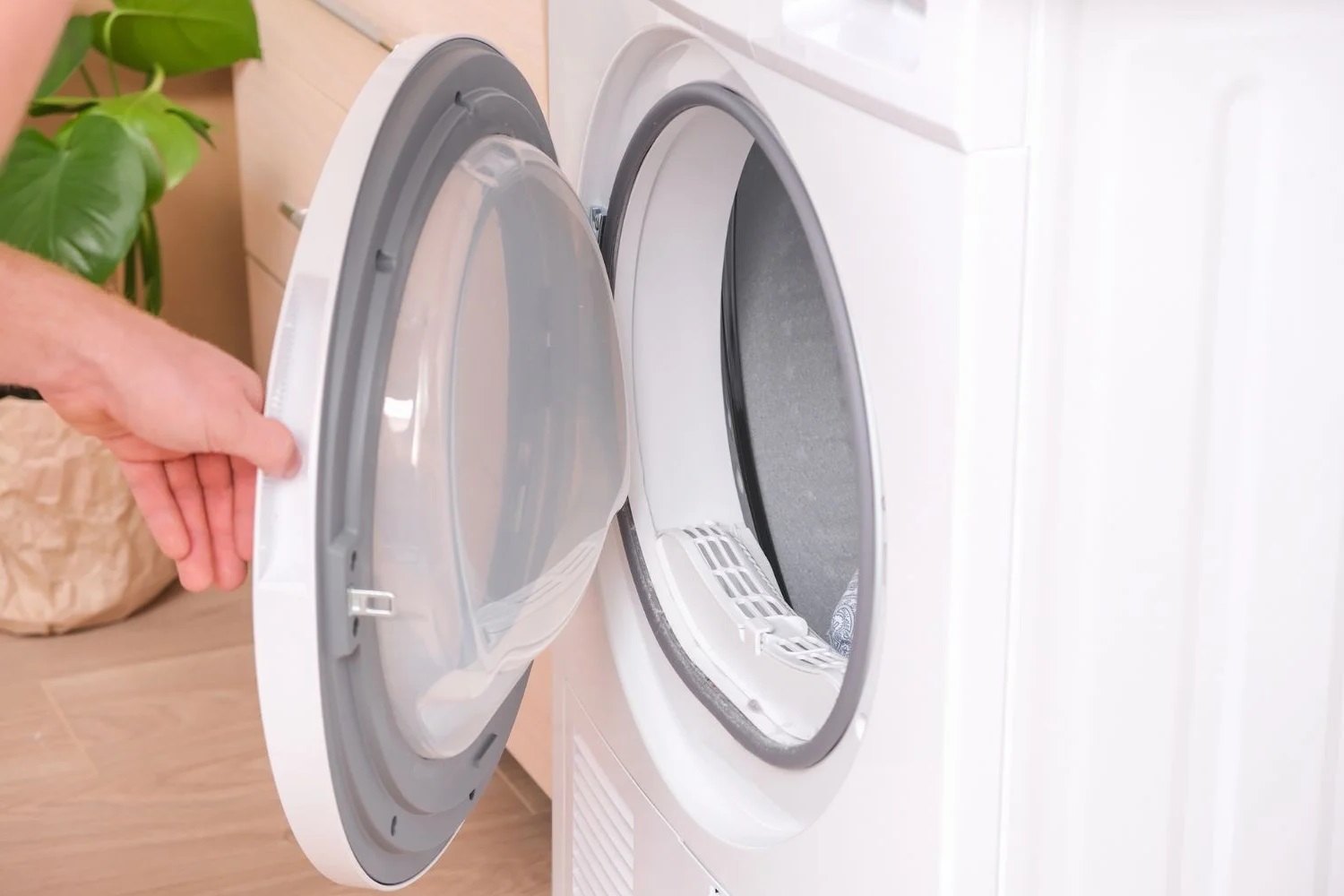
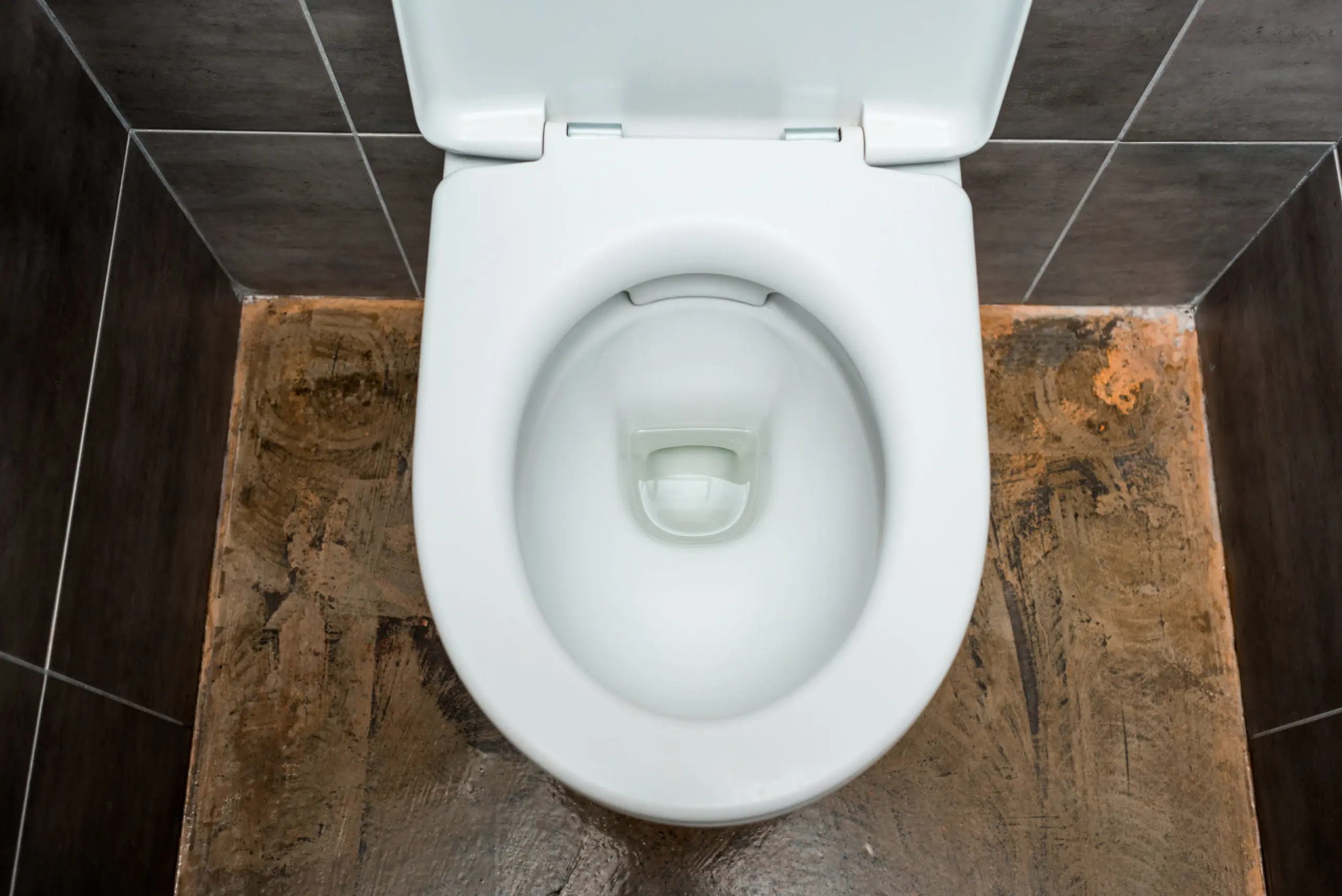
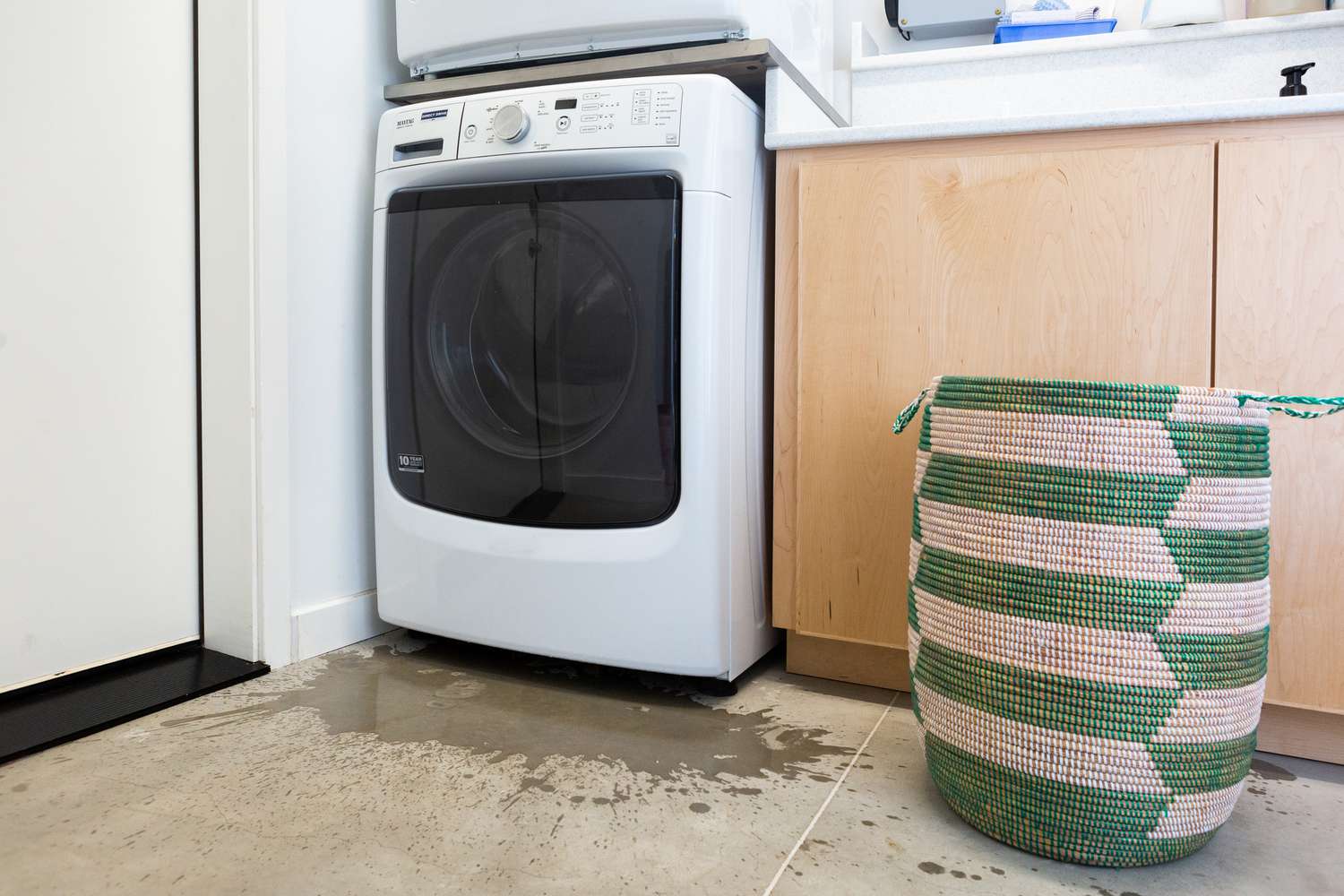
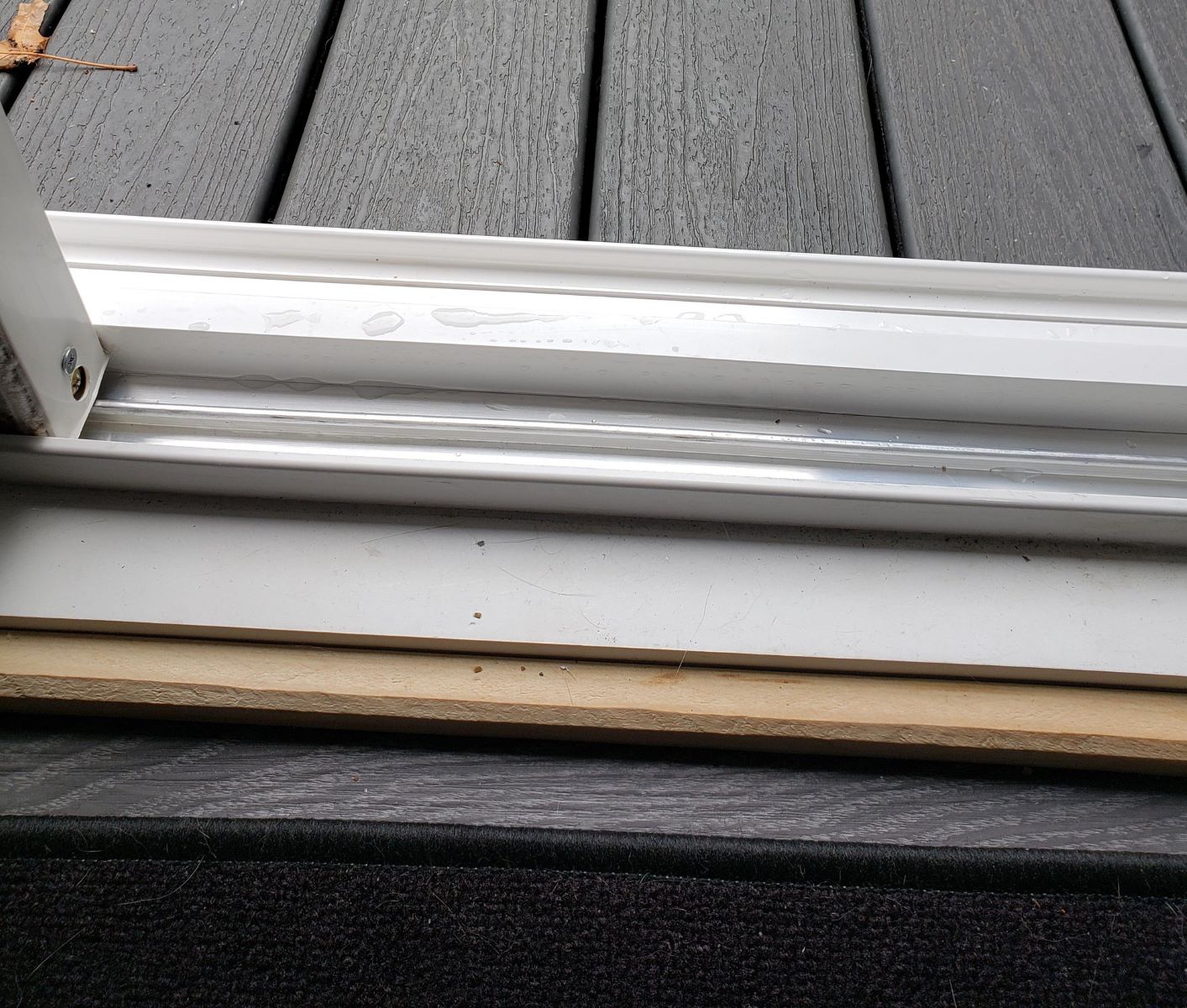
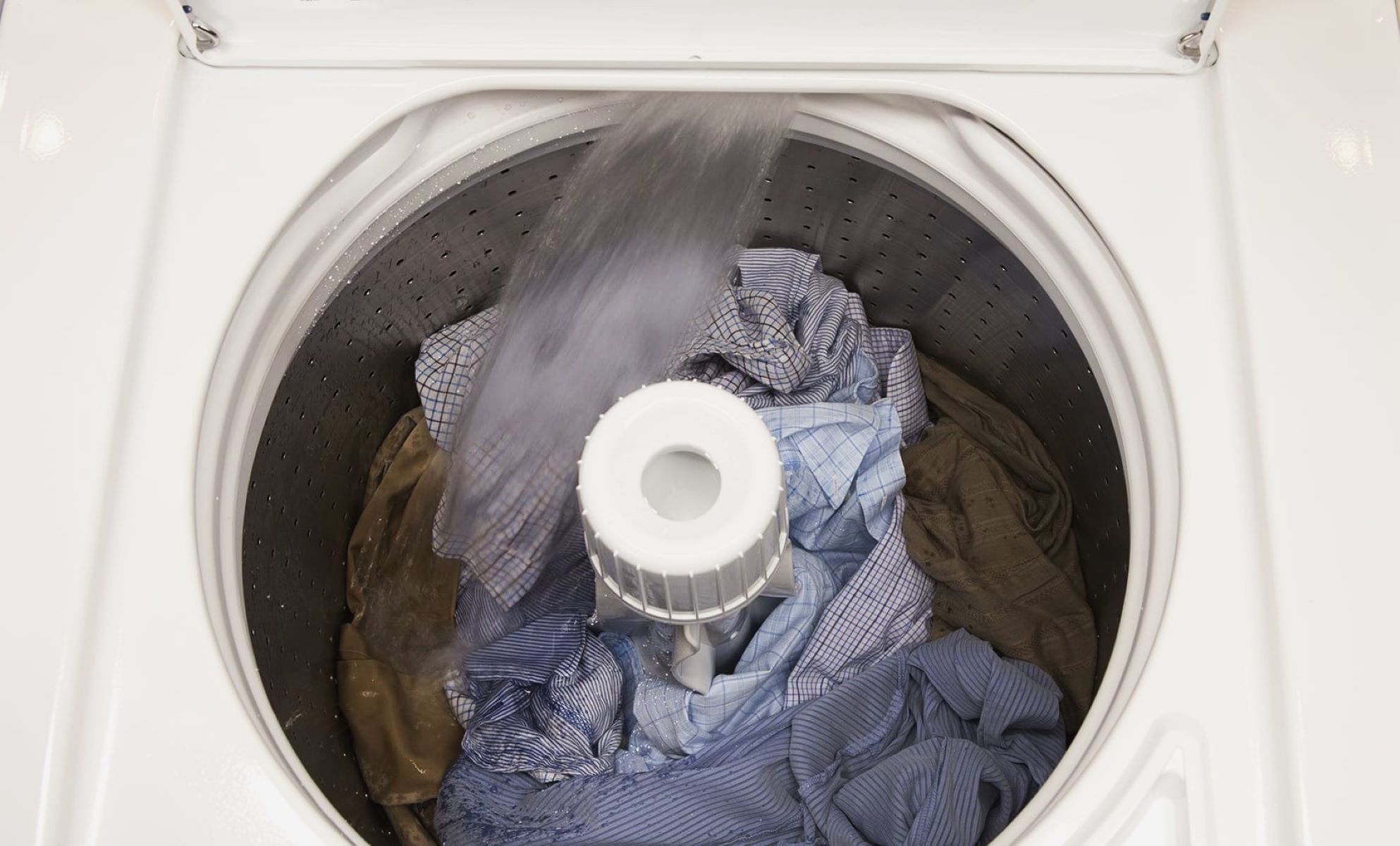
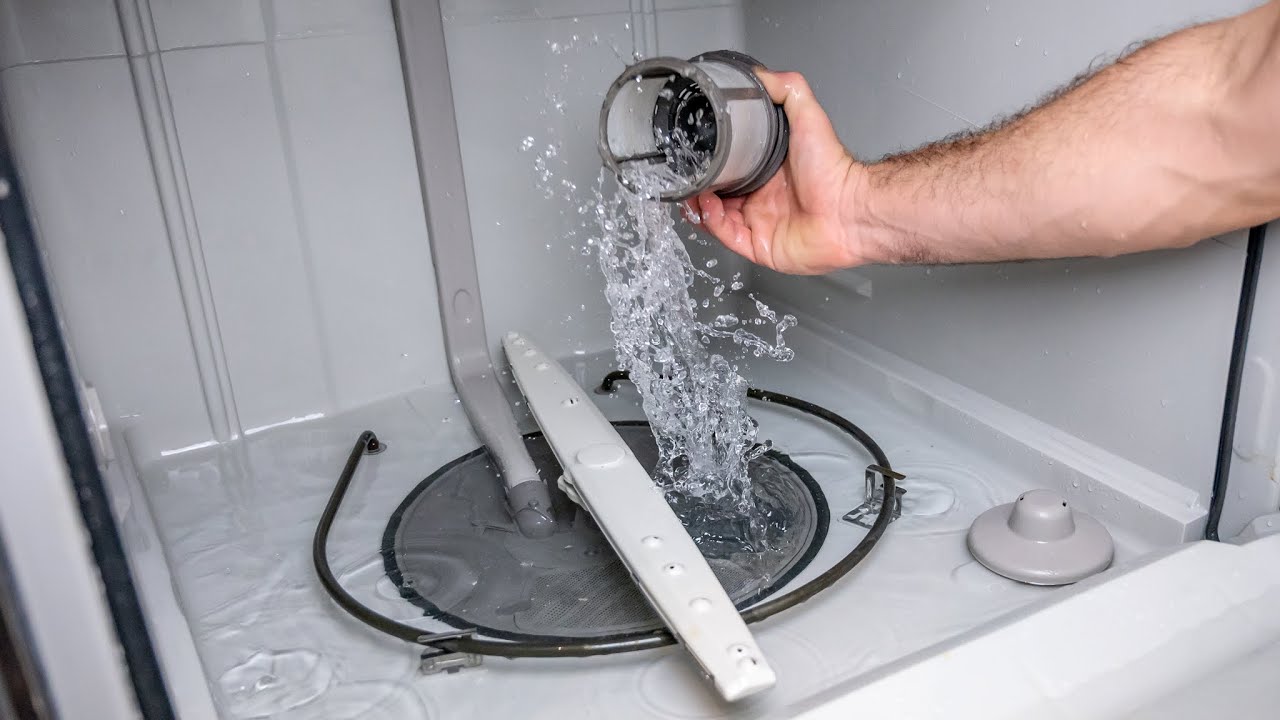


0 thoughts on “Why Won’t My GE Washer Fill With Water”